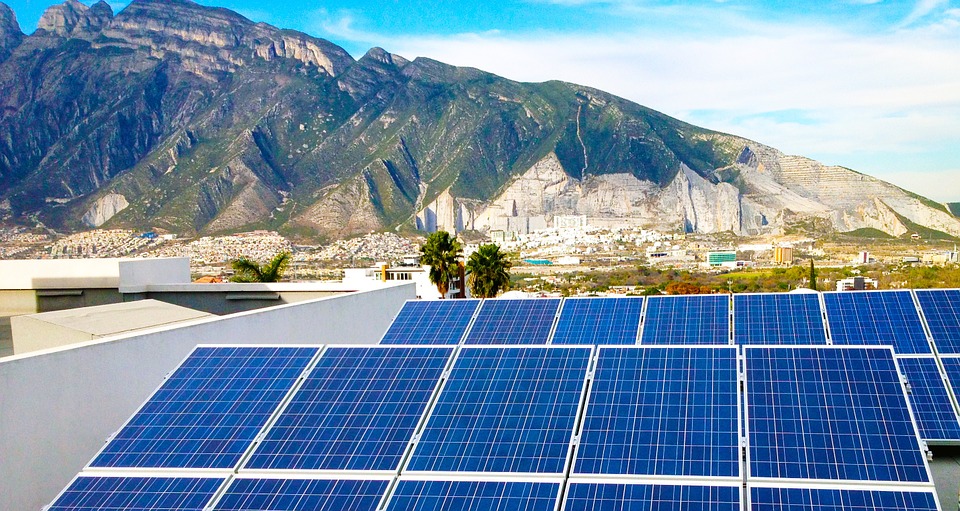Green energy, or green power as it’s often referred to, is a way of harnessing natural processes to create energy in a manner that is sustainable for the environment. This typically includes: wind power, solar power, hydropower, geothermal energy, biomass and biofuels. Read more to discover the particulars of the most popular green energy processes.
Wind Power
Wind power entails the conversion of wind energy by wind turbines into a more easily used form, such as electricity or mechanical energy. The most common application of wind power is done at large-scale wind farms, but more and more, residential units are coming into play and are responsible for supplying appliances to whole houses with power. The field of wind power is showing a lot of promise in general: a 2009 study reported that a network of 2.5-megawatt wind turbines in rural areas operating at solely 20 percent of their rated capacity could supply 40 times the global energy expenditure. Not only are wind farms incredibly efficient, they also have one of the smallest impacts on the environment of all energy sources.
Solar Power
Currently the most common manifestation of green energy, solar power utilizes photovoltaic cells, which capture sunlight and turn it into electricity. Solar energy can also cook food, heat buildings and houses and provide natural lighting. Due to its inexpensive and straightforward nature, solar power is becoming incredibly popular in both residential and commercial capacities. It also has an incredibly low energy cost of four-20 cents per kWh for solar thermal energy and five-35 cents per kWh for solar photovoltaic energy.
Hydropower
Hydropower, or hydroelectric power as its also called, uses the earth’s natural water cycle (including the processes of evaporation, rainfall, tides and the forces that accompany water rushing through a dam). This green energy source is especially popular in rural areas, or areas in which the utilization of other energy sources is not viable. Small scale hydropower systems can be set up in lakes or streams with little to no effect on fish migration, another iteration of the source’s environmental friendliness. Most of these systems use wheels to generate energy, rather than dams or major water diversions.
Geothermal Energy
Geothermal energy practices take advantage of the thermal energy under the earth’s crust, which emanates from both the original creation of the world and the radioactive decay of minerals. Geothermal energy is derived in a number of ways for a number of purposes: residential needs are often met with a geothermal heat pump, whereas geothermal power plants are usually utilized for commercial purposes.
Biomass and Biofuels
While traditional methods of burning biofuels (examples include ethanol and biodiesel) and biomass (wood waste, sawdust, agricultural waste, etc) lead to such environmental atrocities as air pollution and the release of carbon monoxide, carbon dioxide, nitrogen oxide and VOCs; research is being conducted to find alternative ways of harnessing these resources in a more environmentally friendly way.

